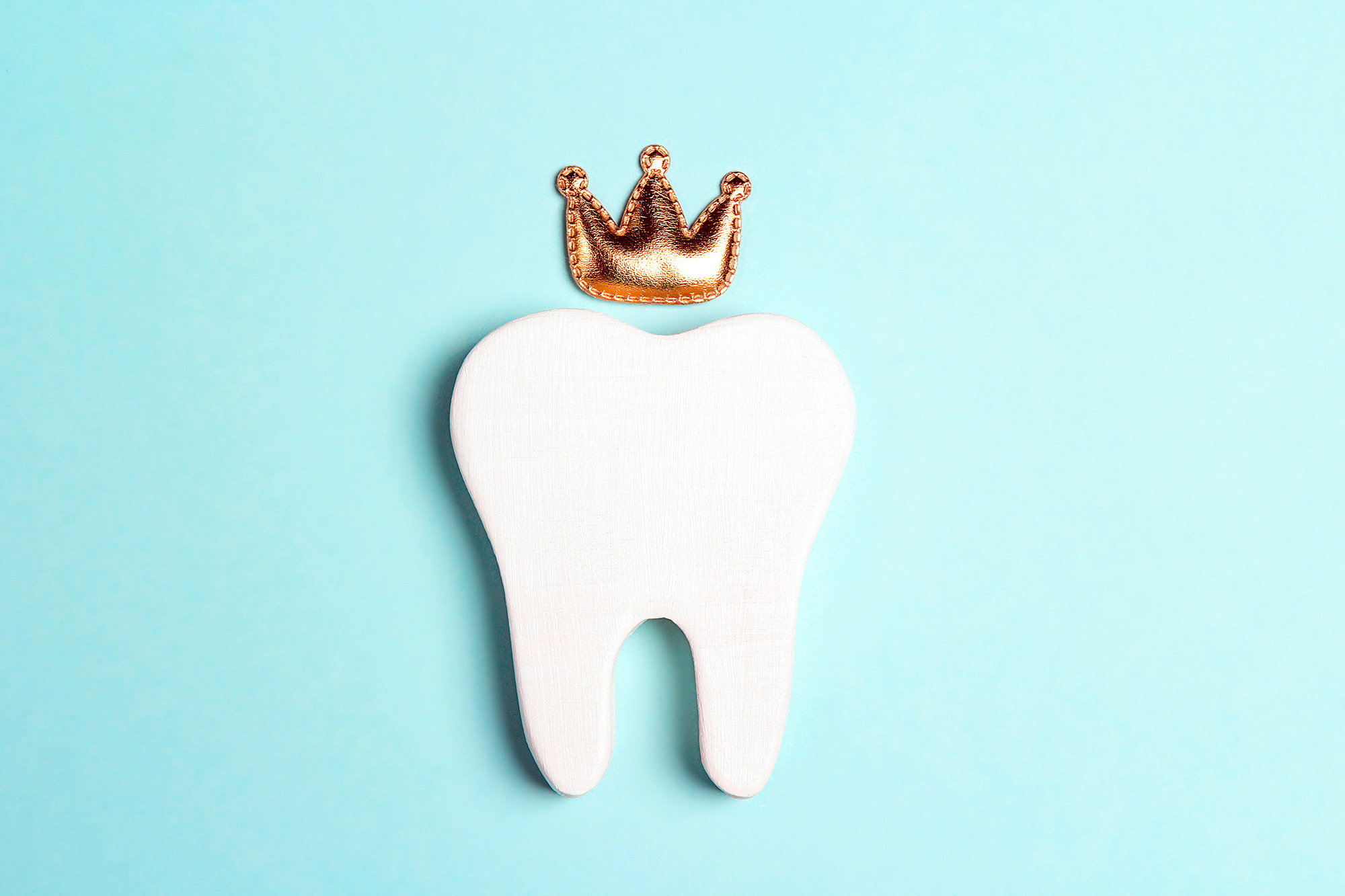Dental crowns
A dental crown, also known as a tooth cap, is a restoration placed over a previously prepared tooth in order to cover it in its entirety. This allows us to restore its shape, size and strength and improve its appearance.
Crowns are typically placed on teeth that have been damaged due to extensive caries, fractures, wear, or inadequate large fillings to the point that they cannot be restored with conventional fillings.
At Dentavital Oral Health Centre, we only offer all-ceramic crowns.
All-ceramic crowns are made of white translucent material such as aluminum or zirconium oxide, which allows them to let light in and blend in seamlessly with the natural teeth. They can also be placed above the gum line and don’t have a visible dark edge, which gives them a more natural appearance. Moreover, all-ceramic crowns require less extensive tooth preparation, meaning that more of the tooth structure can be preserved. In addition, they do not contain any metals and are therefore more biocompatible, which makes them an excellent option for patients with metal sensitivities.
Ceramic inlays and onlays
Teeth that cannot be restored with a conventional filling due to extensive caries, fracture, wear or an inadequate large fillings, require either full or partial crowns (inlays or onlays).
The difference between a full and a partial crown is that the former encases and replaces the natural dental crown in its entirety, while the latter replaces only the part of the natural crown that is damaged or missing. It is called an onlay if it covers the cusp of the tooth, and an inlay if it does not cover it.
Planning and making inlays
During a comprehensive clinical examination, the dentist will assess the amount of remaining tooth structure, as well as the tooth’s function and anatomy. Based on its condition, they will decide on the most appropriate type of prosthesis.
If the treatment plan includes a larger number of teeth, the dentist will use computer-aided design software to plan the final appearance of the teeth, and demonstrate it to you by means of a temporary prosthesis. In this way, even before the procedure begins, they will have a clear understanding of the way the teeth will need to be prepared and how invasive the procedure will be. Such treatment reduces the possibility of complications, is more patient-friendly, preserves more of the tooth substance, but lasts slightly longer.

